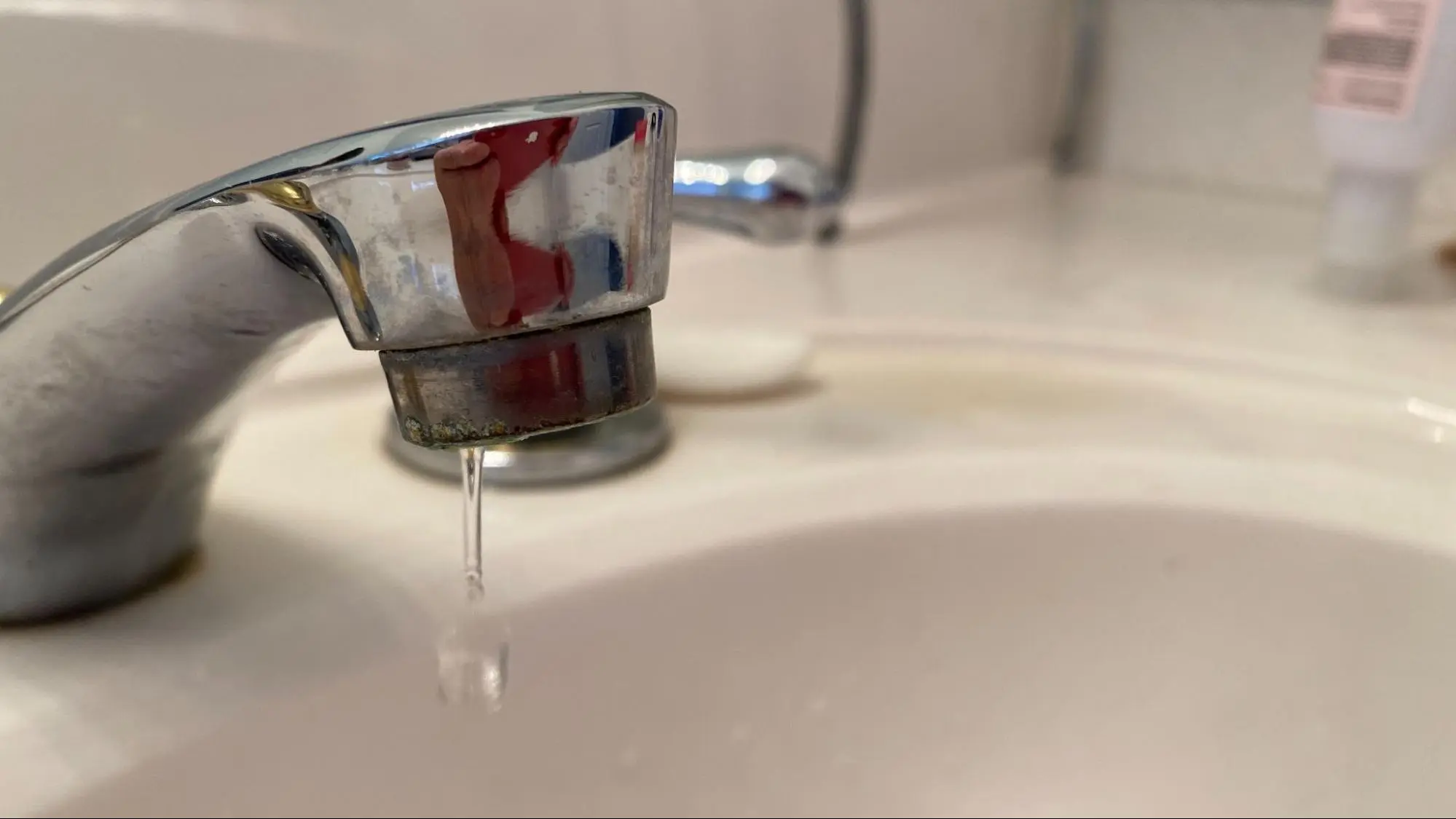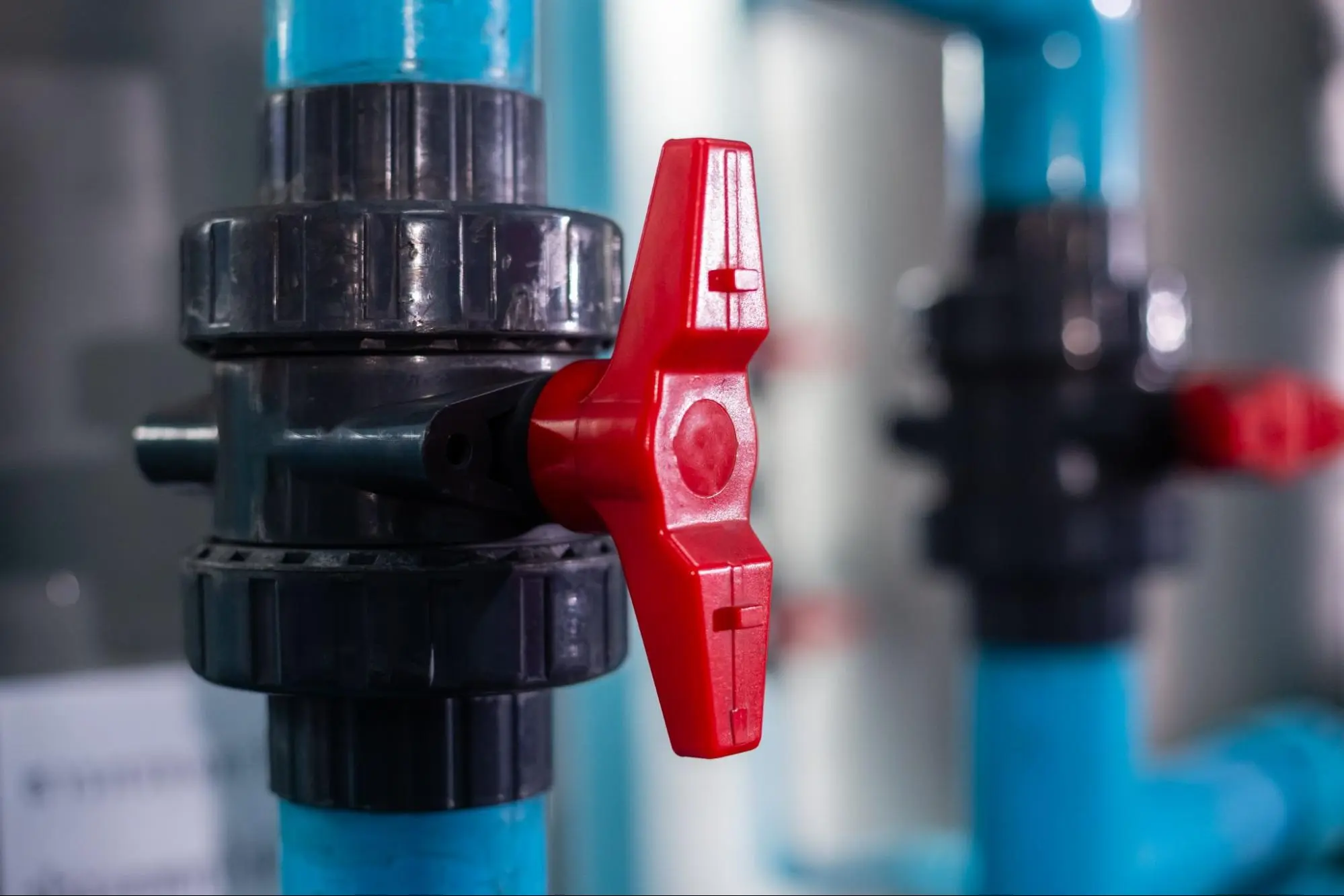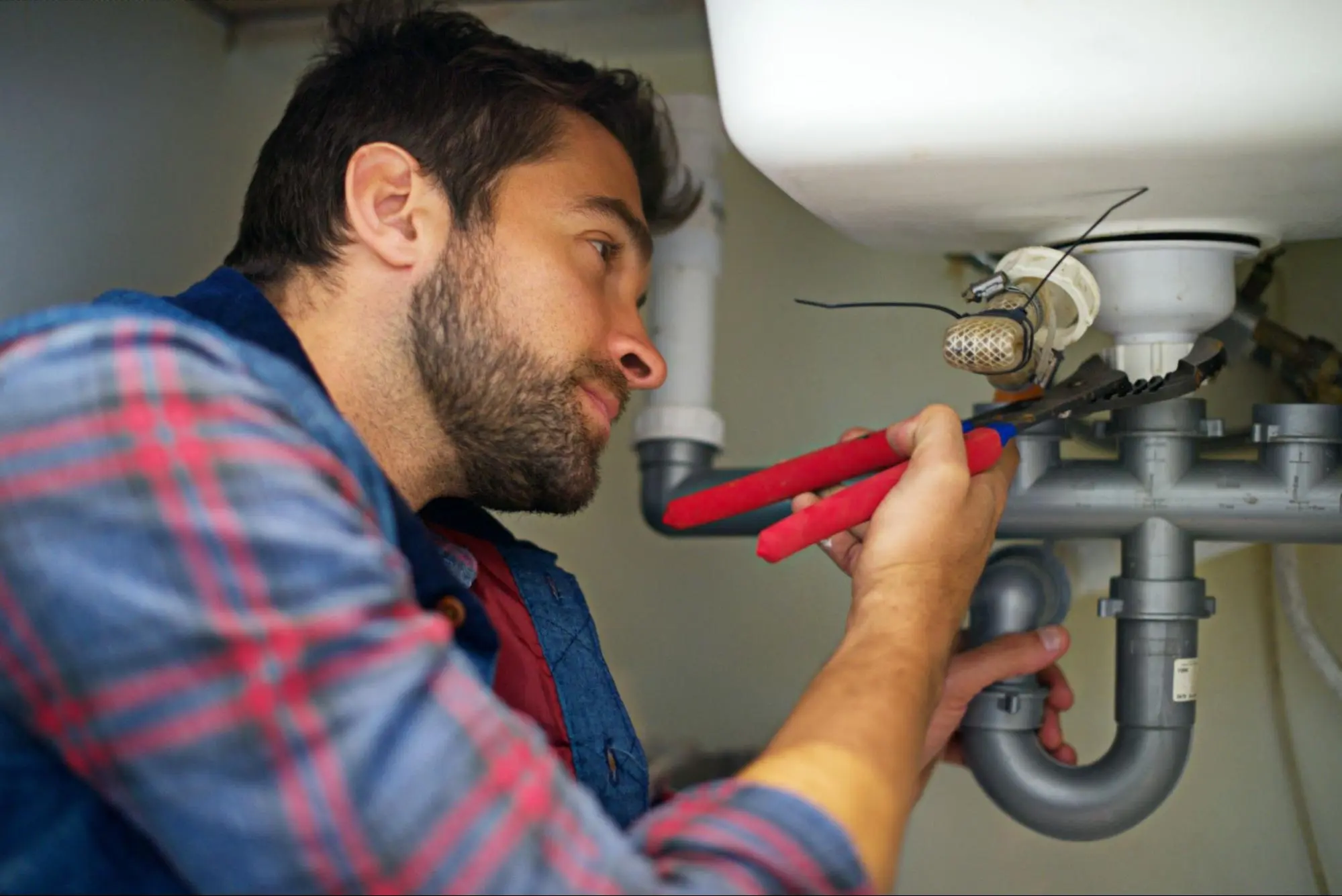
Low water pressure in your home can be a major inconvenience, affecting everything from showering to washing dishes. Understanding the common causes of low water pressure can help you quickly identify and fix the issue. Whether it’s a problem with the water heater, clogged pipes, or a faulty pressure regulator, knowing what to look for can save you time and money.
Sometimes, the solution could be as simple as opening a shut-off valve or unclogging a faucet aerator. On the other hand, more significant issues such as a leak in the main water line might require professional help. By taking a systematic approach, you can diagnose the problem without unnecessary guesswork.

Addressing low water pressure in your home involves pinpointing common causes, evaluating your plumbing system, and monitoring water supply and demand. Each of these factors can impact your water pressure.
Low water pressure can arise from various causes. Clogged pipes, often caused by mineral buildup or corrosion, can restrict water flow.
Mineral deposits can accumulate in faucet aerators, reducing flow. Rust or old pipes may also cause problems, leading to a pressure drop. Check your fixtures, including sinks, toilets, faucets, washing machines, and dishwashers. If they’re affected, you might need professional help to replace or repair old, corroded pipes. Identifying these common causes of low water pressure can help you address pressure issues effectively.
To evaluate your plumbing system, start by using a pressure gauge to measure the water pressure. Residential water pressure should be between 45 and 55 psi.
Attach the gauge to the faucet nearest the water main, turn it on fully, and note the reading. If it’s below 40 psi, there’s a pressure problem.
Inspect your plumbing for leaks or blockages. Look for signs of corrosion or rust on old pipes that might be causing clogs. If you’re unsure or need assistance, consult a professional plumber.
High demand can lower water pressure. Using multiple appliances, like a washing machine and dishwasher, simultaneously can strain the system.
Check if your neighbors are experiencing similar issues, which might indicate a supply problem. If the issue persists when demand is low, it could point to a dedicated supply issue.
Understanding the impact of supply and demand on your system is crucial. Regularly monitor how appliances and fixtures affect water pressure, and adjust usage patterns if needed. If monitoring doesn’t resolve the issue, you may need a more detailed evaluation by a professional plumber to ensure an adequate water flow throughout your home.

To address low water pressure, you need to check common problem areas like fixtures and appliances, inspect your plumbing, and consider adjusting or upgrading water pressure controls where necessary.
Start by looking at individual fixtures such as faucets and showerheads. A clogged aerator can significantly reduce water flow. Unscrew the aerator and soak it in a solution of white vinegar and water to clear out sediment. Also, inspect household appliances like dishwashers and washing machines for any blockages or issues.
Check for shut-off valves under sinks and toilets. Make sure these valves are fully open. In case of drips or leaks, tighten the connections to prevent water loss.
For showerheads, soaking the head in vinegar can help dissolve mineral deposits. This will improve water flow and help fix low pressure at individual fixtures.
If the problem isn’t with fixtures, the source might be corroded pipes or blockages in your plumbing. Old galvanized steel pipes tend to corrode and restrict water flow. Inspect your pipes for signs of corrosion or leaks.
Check your water meter valve and ensure it is fully open. This valve is usually located outside your home or in the basement. Another valve near your water heater controls the pressure; make sure it is also open.
For more severe issues like corroded plumbing, consult a professional plumber who can diagnose and repair or replace affected sections. They can also use tools to detect hidden leaks that might be causing water damage.
Sometimes, water pressure issues stem from the pressure settings themselves. The pressure regulator near the main water supply can be adjusted to increase water flow. Typically, this device is found where the main line enters your home, often in the basement or garage.
You may also consider installing a pressure booster if your municipal water supply is inadequate. This device helps amplify water pressure, ensuring a steady flow throughout the home. Additionally, check if a pressure-reducing valve is installed; you might need to adjust or replace it.
For homes with a private well, inspect the pressure tank and water softeners, as these can also affect water pressure. Regular maintenance of these components can prevent drops in water pressure.
By following these steps, you can identify the primary cause of low water pressure and take appropriate actions to resolve it.
When dealing with low water pressure, start by checking the main causes. Look at both hot and cold water to spot issues.
Inspect your water heater to ensure the shut-off valve is fully open. This can be a common problem if only your hot water has low pressure.
Check for clogged aerators. Unscrew them from faucets and clean any buildup with a vinegar-and-water solution. If the buildup is too stubborn, you might need a replacement.
Measure your water pressure with a gauge. Attach it to an outdoor faucet and fully turn on the water. Ideal pressure is between 40 and 60 psi. Below 40 psi indicates low water pressure.
Consider your local water quality. If you have hard water, mineral deposits could be clogging your pipes. Use water softeners or regularly clean shower heads to improve flow.
Identifying the exact cause will help you efficiently address and resolve low water pressure issues in your home. For professional help, Kaminskiy Care and Repair provide expert plumbing services ensuring the low water pressure problem is fixed correctly.Contact us today
Low water pressure often results from clogged pipes, leaking pipes, or faulty fixtures. Corroded pipes or issues with the pressure regulator can also impact pressure. Running several water fixtures at once can strain the system and lower pressure.
To troubleshoot, check all faucets and fixtures to determine if the issue is isolated or widespread. Inspect for visible leaks and ensure valves are fully open. Clean aerators and showerheads, and consider if recent construction might have altered pressure.
Improving water pressure in bathrooms may involve cleaning or replacing aerators and showerheads. If the problem persists, inspect the pipes for buildup or corrosion. Ensure the main shut-off valve is completely open.
For well systems, check the well pump to ensure it is functioning correctly. Inspect pressure tanks and adjust settings if necessary. Cleaning or replacing clogged filters can also help restore proper pressure.
A water pressure booster is necessary when low pressure affects multiple areas and simple fixes don’t work. It works by using an electric pump and pressure tank to increase water flow and pressure throughout your home. Adjusting the settings allows you to customize the pressure level.